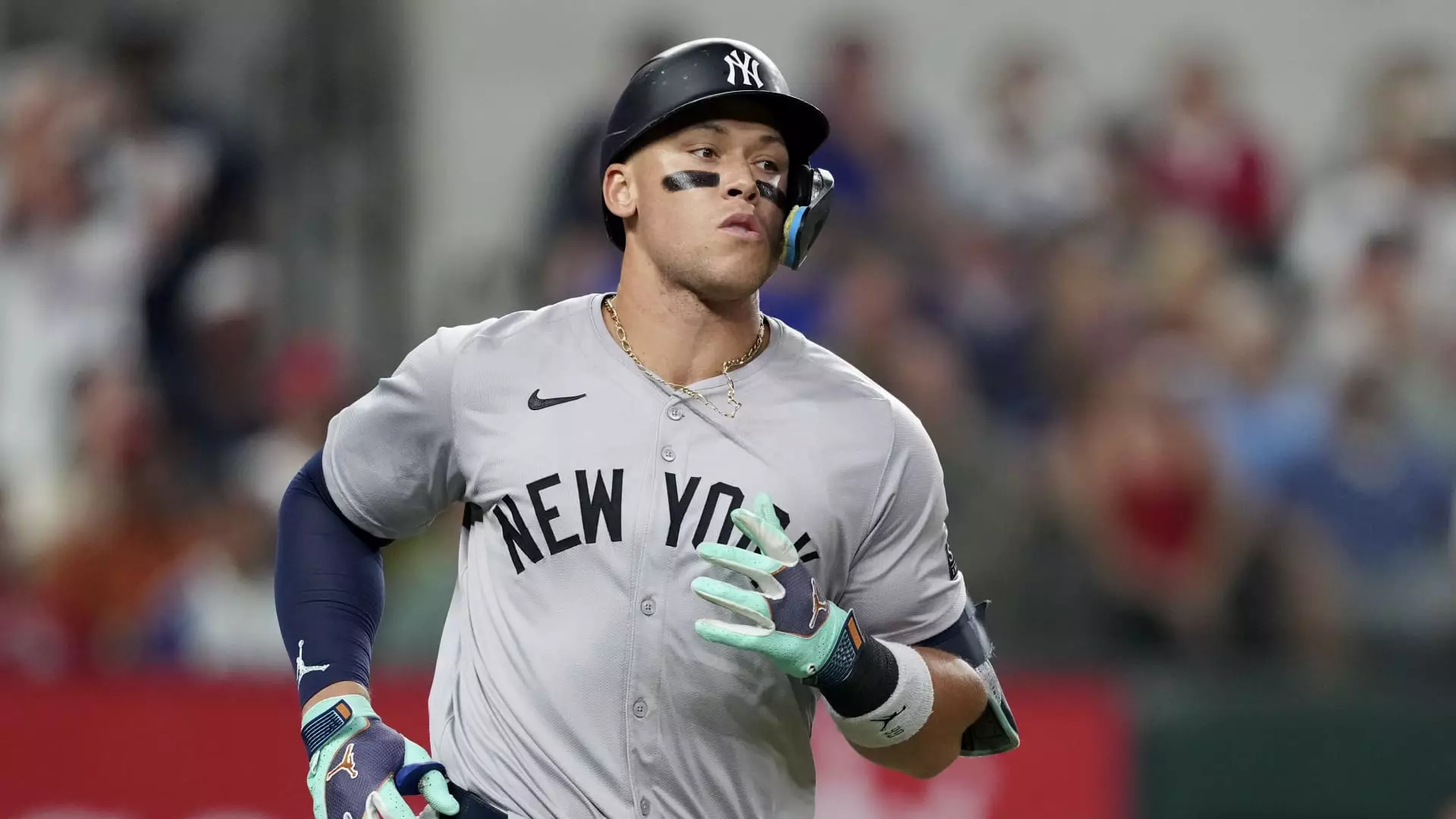The 2024 Major League Baseball (MLB) postseason has captured the attention of fans and analysts alike, marking an impressive rebound in viewership that suggests a rejuvenated interest in the sport. With substantial audience figures and competitive matchups, this year’s playoffs feature a blend of storied franchises and thrilling storylines.
The recent games have demonstrated a remarkable resurgence in MLB’s audience numbers. The opening match of the National League Championship Series (NLCS) featuring the New York Mets and Los Angeles Dodgers was a standout, drawing an average of 8.26 million viewers. This marks the highest viewership for any LCS game since 2009, showcasing an undeniable resurgence in the popularity of the league, as confirmed by Fox Sports. In contrast, the American League Championship Series (ALCS) match-up of the New York Yankees against the Cleveland Guardians saw a 4% increase from the previous year’s viewership, averaging 3.9 million viewers.
These figures are all the more impressive considering the competition posed by both Sunday Night Football and Monday Night Football, where all three of New York’s NFL teams were engaged in prominent primetime matchups. The ability of MLB to attract a significant audience amidst such fierce competition speaks to both the excitement of the postseason and the marketing strategies employed by the league and its broadcast partners.
This spike in viewership comes not only after intense playoff battles but also follows a highly popular regular season. The MLB reported a noteworthy increase in attendance, fan engagement, and viewership during its past season. Attributing these gains to recent rule changes—such as a pitch clock that has shortened game lengths and alterations that promote in-game action—MLB seems to have tapped into an effective formula for appealing to today’s baseball enthusiasts.
The American League Division Series also reflected positive trends, averaging three million viewers, which is over a 20% increase from the previous year. Notably, the rise in viewership isn’t just limited to the championship series; the National League Division Series reported similar gains, hinting at an overarching revitalization of interest in baseball.
For several years, there have been growing concerns regarding MLB’s cultural relevance, particularly among younger demographics who are perceived to have shorter attention spans. The rise of highlight clips and short-form content has transformed how fans interact with sports media, marking a significant shift in consumption habits. Despite previous challenges, the recent resurgence in viewership is a testament to how MLB has evolved and adapted its strategy to resonate with contemporary audiences.
Moreover, the league’s focus on generational talents such as Shohei Ohtani of the Dodgers and Aaron Judge of the Yankees has added an exciting dimension to the playoff narrative. The potential for an intense World Series face-off between two of baseball’s marquee franchises only heightens expectations and attracts viewer interest.
MLB’s commissioner, Rob Manfred, emphasized the enthusiasm from baseball fans across all age groups, highlighting how the game’s changing dynamics have fostered an engaged community. With significant historic performances, the emergence of new stars, and scheduling of thrilling special events, the league’s future appears bright.
As the postseason continues, the success seen this year indicates that MLB is on the path to reclaiming its status as a staple of American sports culture. The competitive narratives, heightened fan engagement, and strategic adaptations suggest that baseball might be well-poised for further growth and increased prominence in the years to come.
Major League Baseball’s 2024 postseason has emerged as a pivotal moment for the league. By harnessing the momentum gained through viewer interest and rule changes aimed at enhancing the game experience, MLB is redefining its relationship with fans and ensuring that baseball remains a beloved sport for generations to come.

